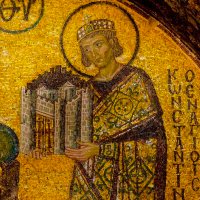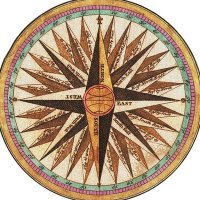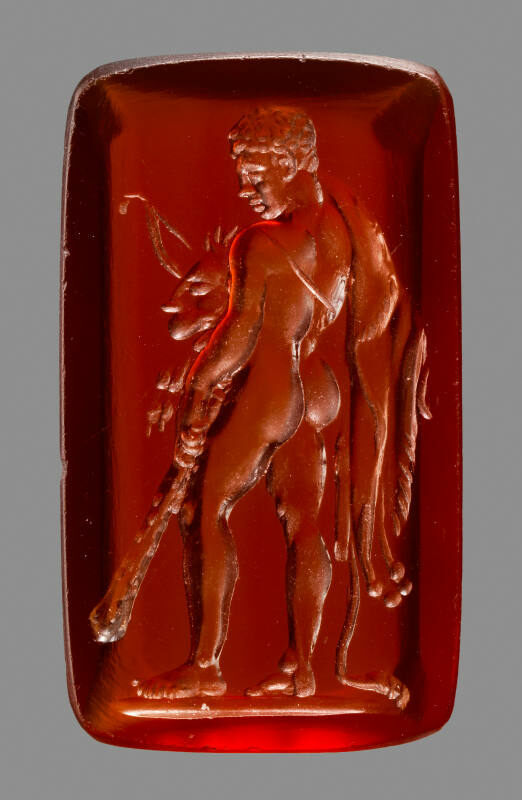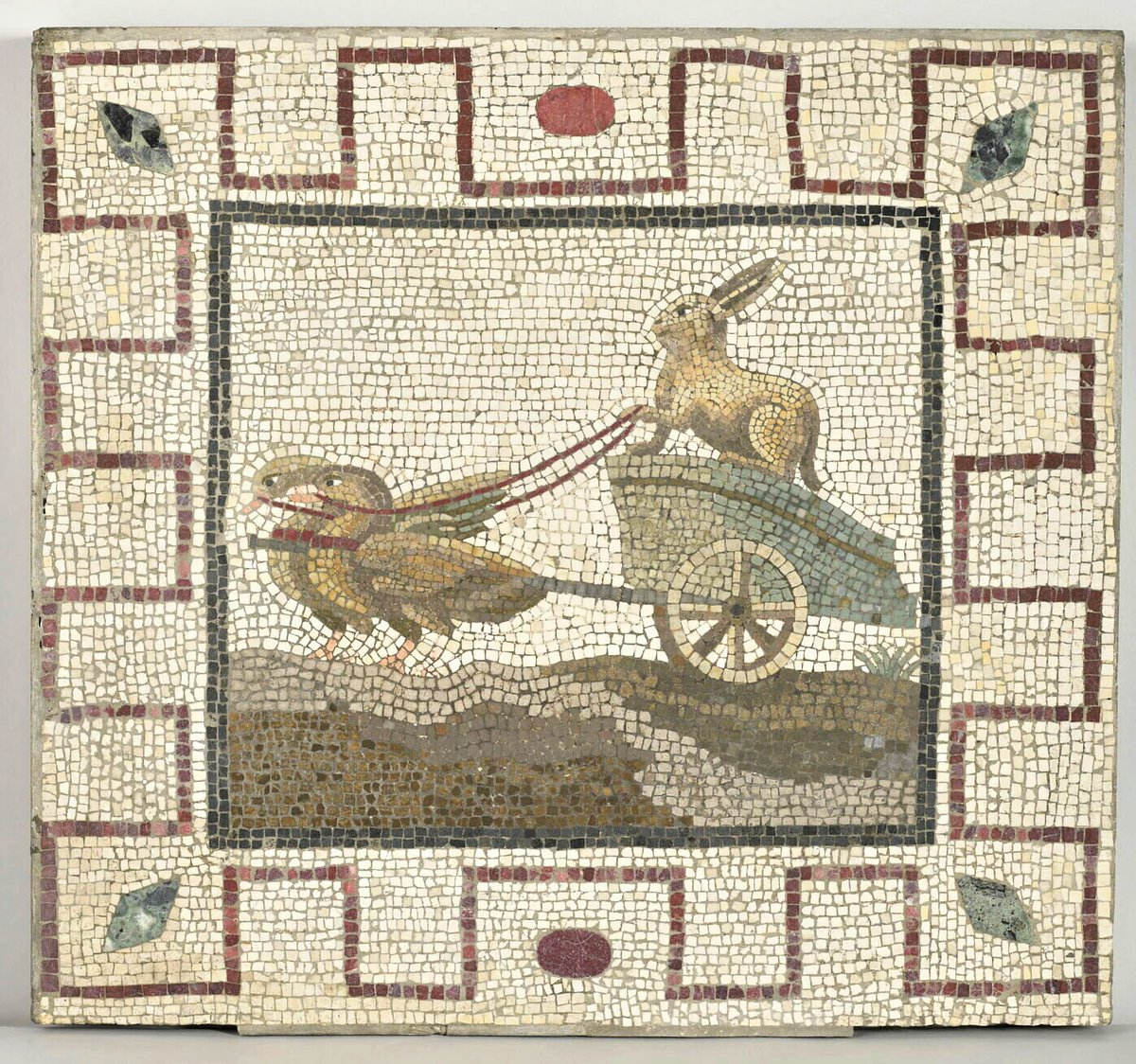
Ghost of Hellas
@ghostofhellas
Greek art and culture through the ages. 🏛️ Your gateway to Ancient Rome & archaeology tours 👉colosseumrometickets.com
ID: 4288322237
https://colosseumrometickets.com 26-11-2015 19:13:43
8,8K Tweet
203,203K Followers
39,39K Following


































![Ghost of Hellas (@ghostofhellas) on Twitter photo Seal-ring with an image of a saint found n the ruins of a huge basilica dating back 1,500 years in Marea, northern Egypt. [Credit: D. Majchrzak] Seal-ring with an image of a saint found n the ruins of a huge basilica dating back 1,500 years in Marea, northern Egypt. [Credit: D. Majchrzak]](https://pbs.twimg.com/media/GtztMhcWQAEJ91D.jpg)




